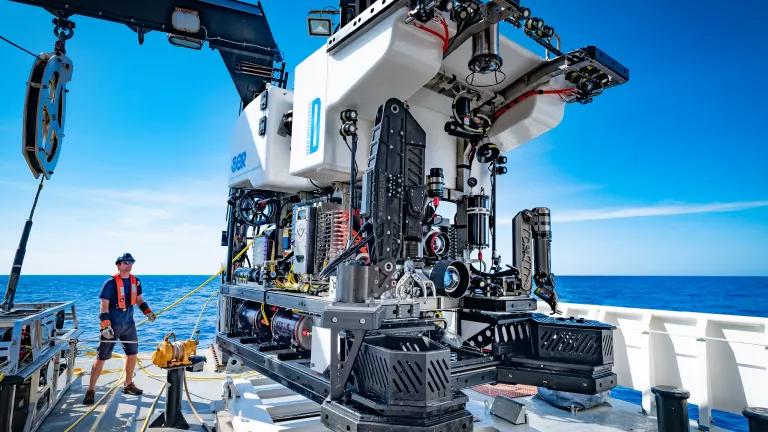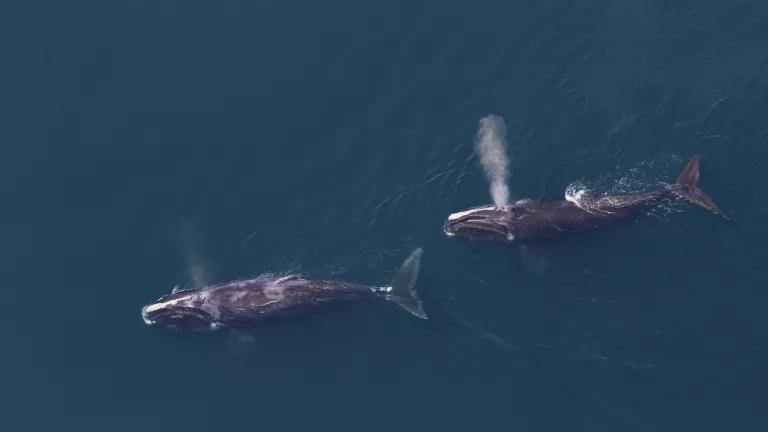This morning, President Obama together with Nordic leaders announced a variety of initiatives. On the Arctic, the leaders committed to, among other things:
“[A]dvance scientifically-based protection and conservation of ecologically important marine areas, in close consultation with subsistence communities, based on the best available science and traditional and local knowledge. In the case of the United States and Canada, we have committed to set a new long-term conservation goal later this year. Furthering these goals and more will be a key topic at the first-ever Arctic Science Ministerial, which will be held on September 28, 2016.”
The leaders further committed themselves to “the pursuit of international and national climate change goals. We will work towards the highest global standards, best international practice, and a precautionary approach, when considering new and existing commercial activities in the Arctic, including oil and gas operations.”
The announcement builds on a joint statement President Obama and Canadian Prime Minster Justin Trudeau issued in March, where the two leaders pledged to protect more than 10% of the US and Canadian Arctic Ocean by 2020, to play a leadership role in creating a pan-Arctic network of marine protected areas (MPAs), and to uphold their commitment to global emissions reductions.
The Arctic is warming faster than any other region on the planet, resulting in the dramatic loss of sea ice, which underpins the ecology of the Arctic marine environment. Walrus, narwhal, polar bears, polar cod, ice seals, arctic birds and arctic fish reside or feed on or under the ice, their life cycles exquisitely timed to its seasonal ebb and flow. The loss of summer sea ice is taking with it with it the future of these animals and the people who depend on them for sustenance and cultural survival.
Disappearing sea ice also means that previously inaccessible areas are rapidly opening up to development, particularly oil and gas extraction, shipping and fishing. Accidents, oil spills, pollution, invasive species, overfishing, bottom trawling, underwater noise, and a host of other impacts related to industrial development pose major additional threats to a region already under severe stress from global warming and ocean acidification.
A shrinking window exists to protect key marine ecosystems from major new industrial activity made possible by the rapid loss of summer sea ice. Marine protected areas—sanctuaries for ocean wildlife—are an important tool to help maintain the biodiversity and resilience of Arctic marine ecosystems and communities that depend on them as they face profound changes. Because many species of whales, fish, birds, seals and other Arctic marine wildlife are highly migratory, it is not enough to pursue MPAs independently on a country-by-country basis. Coordinated international action is needed to ensure that the full spectrum of key habitats for different species are protected. Today’s announcement marks an important recognition of that.
To truly protect these biodiversity hotpots, and to meet our climate goals, we must put an end to oil drilling in these precarious, precious waters. Oil spills do not respect boundaries on a map, nor can we afford to continue going to the ends of the earth to extract ever more fossil fuels that are driving dangerous climate change. We have a unique opportunity and obligation to take these waters off the table to future oil and gas drilling—and the window for action is rapidly closing.
See blogs by my colleagues reacting to other aspects of the joint initiatives announced today.




